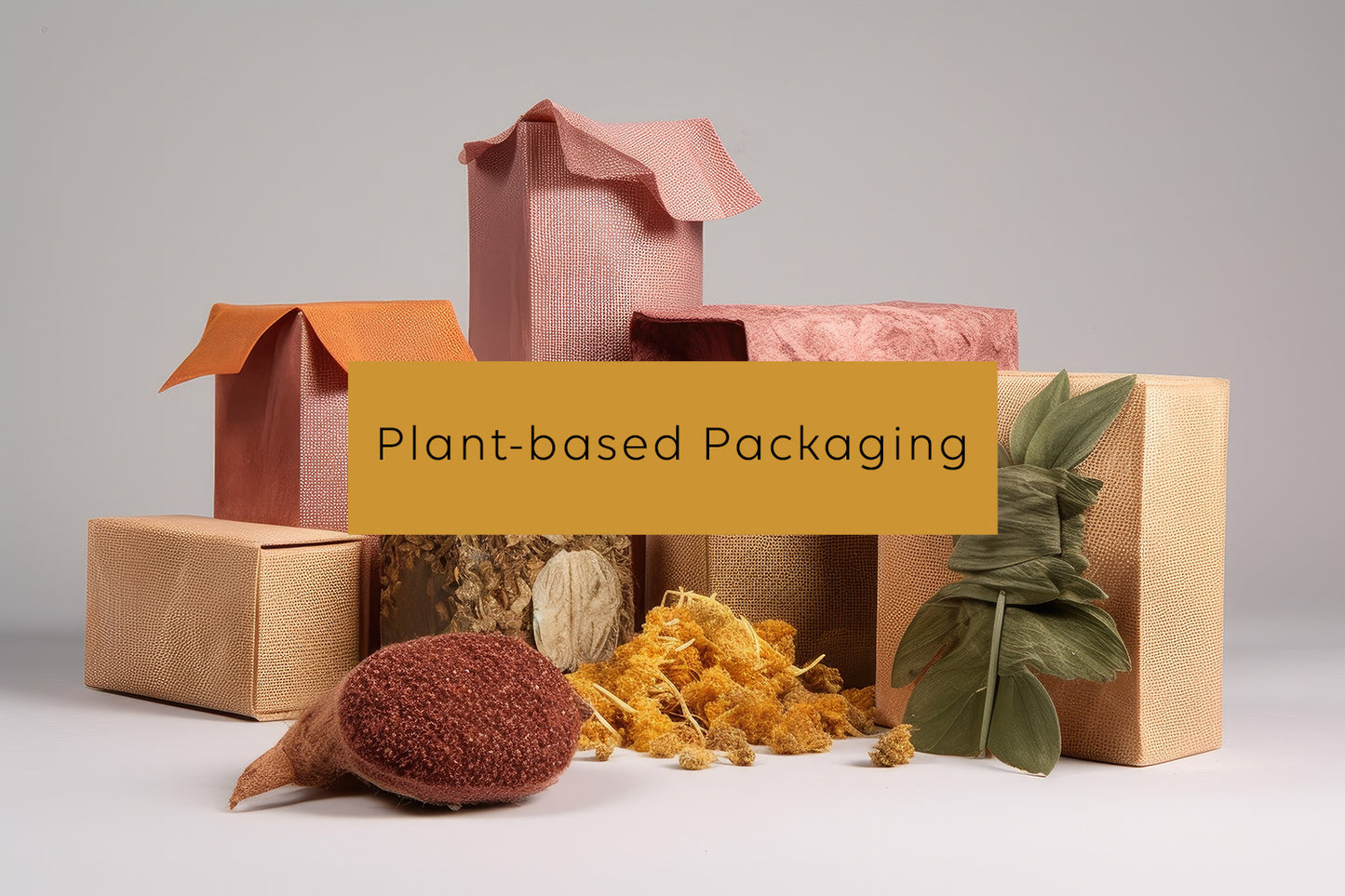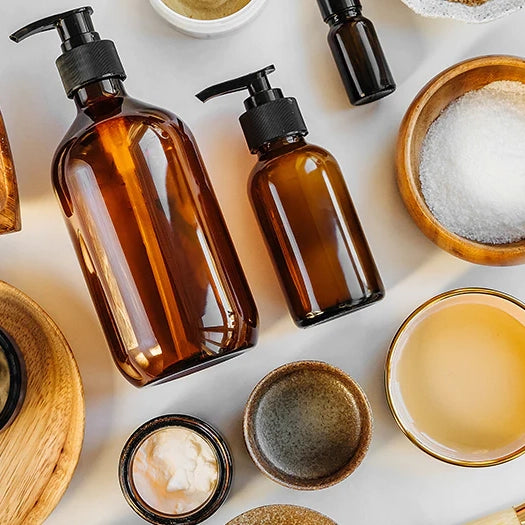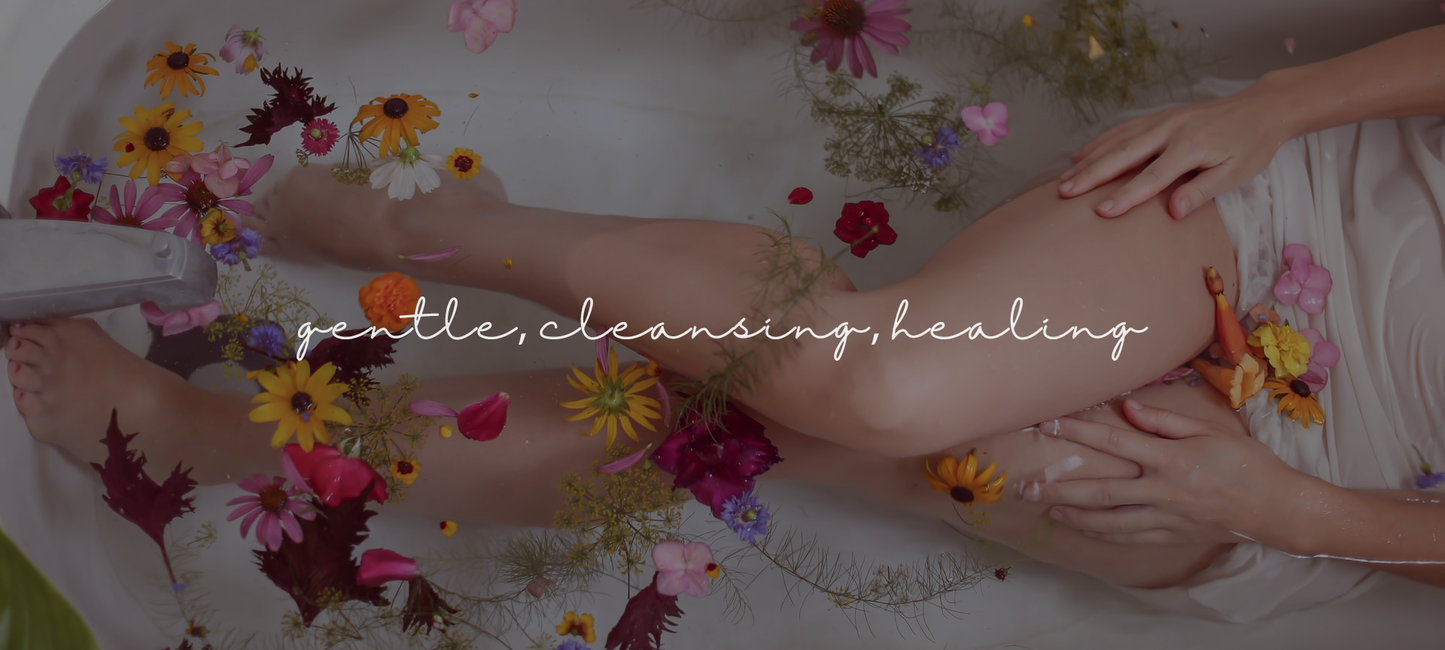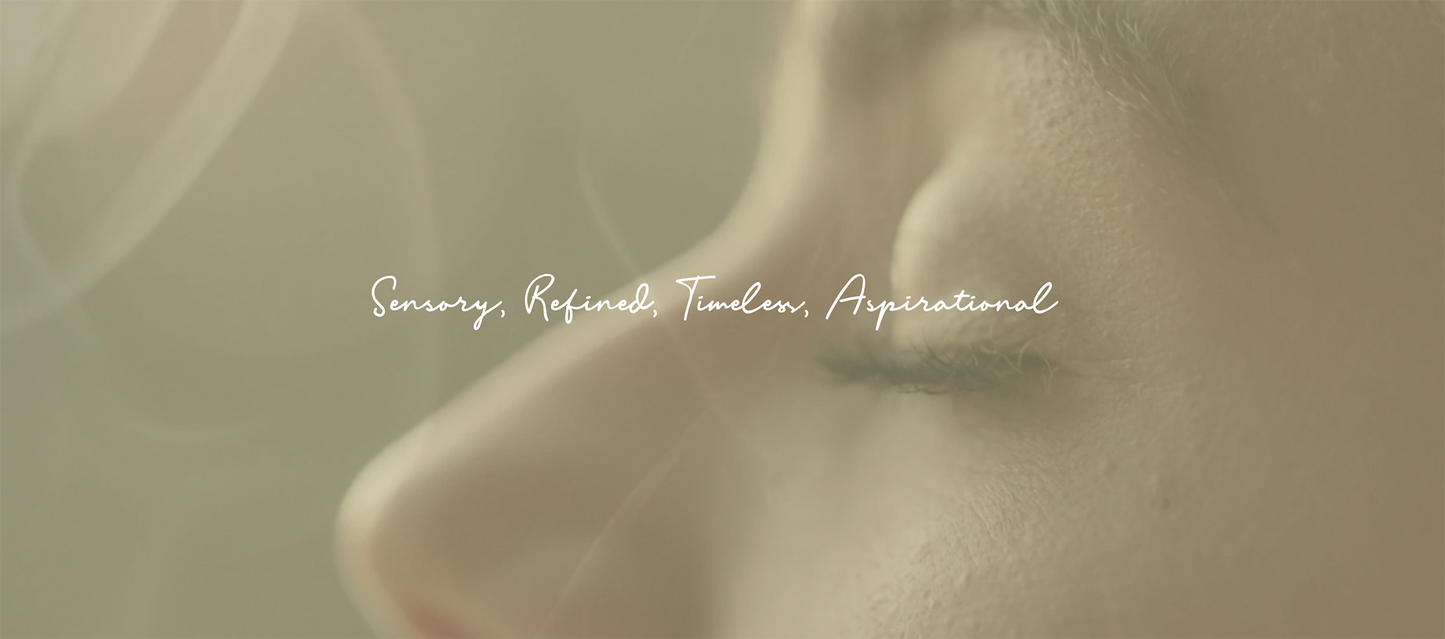
Many of us do our best to do our bit for the environment, by trying to embrace sustainable practices in as many aspects of our lives as possible. That’s all well and good, but it can be difficult to have faith in governments and major companies when there’s constant battles over the way forward to achieving a net-zero future.
But there is some good news with innovative alternatives emerging to replace traditional plastic. There are many businesses partnering with scientists to find renewable materials to ensure we continue to power our world.
Here’s five renewable sources that are already on the market and starting to gain some traction. While these naturally-occurring materials have a variety of uses, we’re taking a look at their influence on the packaging industry. We throw out a LOT of packaging. According to Sustainability Victoria, Australians throw away around 1.9 million tonnes of packaging each year. It takes a lot of energy, water and resources to produce packaging and it pollutes our air, water and soil.
MYCELIUM
The humble mushroom is being used to literally grow packaging. It can also be used in clothing! Ecovative was founded in 2017 by Eben Bayer and Gavin McIntyre, when they had the idea to develop mycelium to create Mushroom Packaging.
Mycelium is the root structure of fungi which is grown on agricultural waste, such as corn stalks or sawdust to bind together and form a moldable structure. It can then be shaped to fit various products, providing a natural cushioning and protective layer.
Once used, mycelium packaging can be composted, reducing waste and environmental impact. This makes it an incredible alternative to polystyrene foam.
Facts about mycelium packaging:
- It's grown in large sheets over a period of 7 days.
- Mycelium captures twice its weight in c02 during cultivation
- It takes about 6 weeks to 3 months to fully biodegrade in your home compost.
- Lightweight and breaks into small bits after use.
- Fire retardant an reduces lame speak and smoke production
- Thermally insulating
- Requires 12% of the energy required for plastic production, with 90% fewer carbon emissions.
Australian company Fungi Solutions uses a similar process.
They take on waste materials like sawdust which they shred and sterilise before introducing it to the fungi culture. This provides food for the mycelium, meaning its roots can grow and bond the materials together.

MIRUM
Mycelium is also being used to make 'mushroom leather'. A company called Mycoworks has developed their own products made of mushroom roots, known as Fine Mycelium - the first biomaterial with the same leather standard as cowhide.
But another new bio-based material being developed as a plant-based leather, is MIRUM. It can be made a lot faster than the days it can take to cultivate mushrooms.
MIRUM is a recyclable and circular bio-based material created by Natural Fiber Welding. It’s composed entirely of bio-neutral ingredients and is made with FSC certified natural rubber, colourants and fillers such as biomass charcoal and clays, as well as plant-based oils and waxes.
What makes MIRUM a total game changer is that unlike most plant-based or vegan leathers it does not require a synthetic adhesive to keep it together and meet flexibility and durability requirements. Even faux leather is made from PVC, nicknamed the 'poison plastic'.
MIRUM can also be recycled and made as good as new again. And even if it's given the time to decompose, it does so with grace and nutrients, rather than pollutants.
The founding company has been getting a lot of attention from some big brands. New Balance, Stella McCartney, H&M, Deckers and Allbirds have all recently pledged to join MIRUM’s Circular Footwear Collective.

HEMP HURD
When it comes to sustainability, hemp is a flexible and multipurpose plant that’s being used in a variety of applications. Not only does hemp require less water, pesticides or fertilisers for a whopping yield, a hectare of industrially-grown hemp can provide around 5 tons of cellulose in a year. It can also be grown in a variety of soils.
Hemp hurd is a big up-and-comer in the renewable resource industry. It’s derived from the inner core of the hemp stalk and is lightweight, sturdy and has excellent insulating properties. The high cellulose levels in the hurds make it handy for producing industrial materials.
Hemp hurds are currently being used in:
- A concrete alternative known as Hempcrete
- Kitty litter and animal bedding
- Insulation
- Wood pellets
- Mulch
Hemp hurds are also being used in fabric, bioplastics, and paper, all of which are in high demand in the packaging industry.
Bioplastics
Due to the 40% cellulose content, hemp hurd is already a major ingredient in products like cellophane and other bioplastic materials.
Hemp plastics are even sophisticated enough to be used in some 3D plastic printing.
Producing hemp plastic also requires up to 45% less energy than fossil-fuel based plastic - making it a no-brainer.

WOOL
Once a sheep is shorn, the wool that doesn’t make the grade ends up in processing plants around the world. Until recently these wool offcuts have been treated as a waste product of the farming industry.
But now there’s a few companies that have found a way to use these offcuts as a replacement for plastic packaging.
Founded in 2016, Australian company Planet Protector Packaging has launched Woolpack. It uses the wool’s natural ability to thermo-regulate: keeping cool in summer and warm in winter as a great replacement for polystyrene and polyethylene packaging. The wool’s natural softness helps provide the perfect protection for packages during postage.
Sheep wool is also biodegradable and compostable.
Estonian company Woola has found another use for the offcuts - a bubble wrap alternative, as well as bottle sleeves and wool envelopes.
They have found that wool's natural elasticity, water repellency, and temperature resistance make it the ideal packing material for delicates. It's even durable enough to be reusable!

ALGAE
Algae is an abundant and fast growing organism that ranges from that soft and squishy stuff on the top of ponds, all the way up to giant kelp. It can be easily harvested and processed to create bioplastics, offering a renewable and biodegradable alternative.
Just like plants and trees, algae sequesters CO2 from the atmosphere. The best part is that it photosynthesizes at a much higher rate. A square metre of algae culture is the equivalent of 100m2 of forest when it comes to carbon capture.
Algae also doesn't need land, fertilisation, or freshwater to grow, which is a huge bonus.
A CSIRO-funded startup has recently created Uluu, a seaweed-infused polymer that will hopefully be able to replace plastics.
UK company Notpla is adopting the same method, using seaweed to create sauce, liquid and alcohol sachets which can be eaten. If you don’t fancy doing that, then they are also completely biodegradable within a matter of months.
On the printing side of the packaging industry, Living Ink has created the world's first algae-based ink. Most pigments currently in use are petroleum-based, whereas this new black ink has a completely negative carbon footprint.
This means using a 45-pound bucket of Algae Ink™ is the equivalent of planting four trees.
Best of all, their products recently landed in Australia.
Non-packaging related uses for algae include: jet fuel, vegan eggs, food colouring, running shoes, a vegan alternative to cod liver oil, yoga mats, clothing, an edible water bottle, animal feed, biofuel, and carbon fibre.

The Wrap Up
The development of plant-based packaging materials is revolutionising the way we approach sustainability in the packaging industry. Mycelium, MIRUM, hemp hurd, wool, and algae are just a few examples of the innovative solutions being explored.
These materials offer biodegradability, reduced carbon footprint, and a renewable source for packaging needs. By embracing these alternatives, businesses like Nood Mood can contribute to a more eco-friendly future, reducing waste and minimising environmental impact. Let's support these sustainable packaging materials and make a positive change for our planet!




